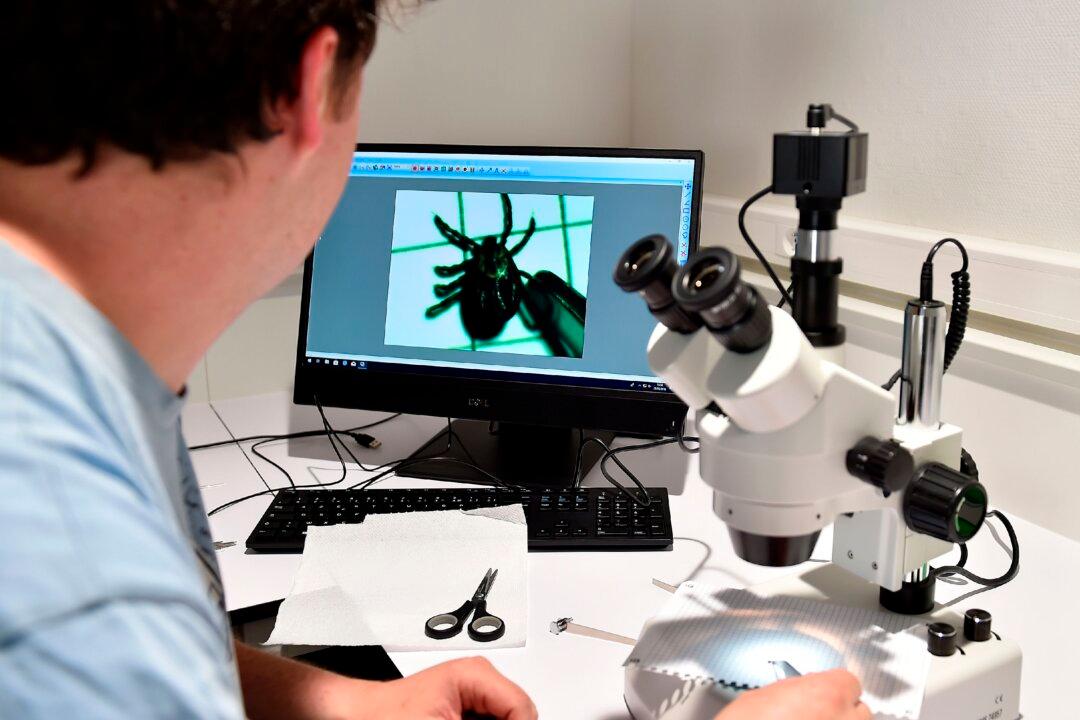A confirmed first case and a probable second-ever case of two rare tick-borne diseases have been acquired in the UK, with both affected people being transferred to hospital for treatment, Public Health England (PHE) announced on July 31.
The two rare diseases are babesiosis, which has never before been recorded as contracted in the UK and tick-borne encephalitis (TBE), which has only been recorded as being contracted in the country once before.





